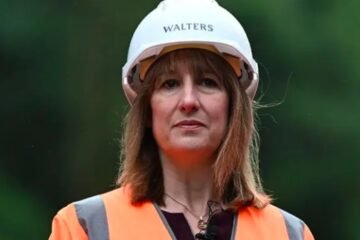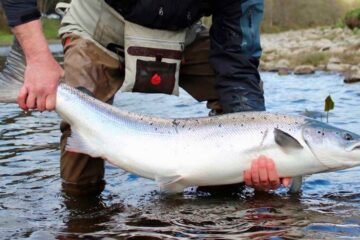It feels like a lifetime ago — those heady days of August 2014 when Scotland’s first independence referendum dominated every dinner table, high street and news bulletin. Eleven years on, it’s fair to ask: what’s shifted, and what’s still stuck in the same old groove?
Back then, the world’s eyes turned to a nation debating its very future. I even penned a piece for The National Interest, giving a US perspective on what was at stake. But has Scotland become the place campaigners dreamed of? Or did the promises — and the fears — fade into something more complicated?
The Independence Question: Stuck or Shifting?
One thing’s certain — the constitutional question hasn’t exactly gone away. In fact, it might be more entrenched than ever.
In 2014, 55% said “No” to leaving the UK. Fast forward to now, and the polls are stubbornly close, often tipping either side of 50% depending on the week and the weather.
One-liner: It’s still a split nation.
Brexit turned the temperature up again. Scotland voted 62% to remain in the EU, yet was pulled out with the rest of the UK. For many, that was the moment independence seemed less like a romantic dream and more like a practical fix.

Political Landscape: New Players, Same Battles
The SNP are still the biggest force in Holyrood. But they’re not the untouchable powerhouse they once were. Internal rows, leadership changes, and stalling independence strategies have bruised them.
Meanwhile, new parties like Alba have popped up, tapping into frustration that things aren’t moving fast enough.
One short line: The argument has grown arms and legs.
Unionist parties haven’t been idle either. Scottish Labour, once battered, are showing faint signs of a comeback. The Tories hold their ground in pockets. It’s a messy picture — and messier still when Westminster politics loom large.
Social Shifts: Progress and Frustrations
Beyond the indy squabbles, Scotland’s seen big social shifts. Equal marriage, new rights for trans people, and broader social justice debates have transformed conversations — even if they’ve sparked bitter divides too.
One small paragraph: Some say we’re more progressive. Others say we’re more polarised.
Public services? Well, it depends who you ask. The NHS is under pressure. Education faces funding squeezes. Some feel the promise of a fairer Scotland still rings hollow for the poorest families.
The Economy: Old Worries, New Realities
Money — always the big one. North Sea oil hasn’t delivered the bounty many Yes campaigners once forecast. Renewable energy is Scotland’s new crown jewel, yet communities still argue about how much benefit actually trickles down.
Brexit and Covid left bruises. So did inflation, global energy crises and, let’s face it, just the grind of a small nation trying to compete in an unstable world.
One-liner: The oil boom dream feels more like a ghost now.
The Global View: Still Watching, Still Wondering
From a US angle, Scotland’s story hasn’t slipped off the radar. American think-tanks still write about it, diplomats still ask about it. Washington’s interest? It’s about more than kilts and castles.
An independent Scotland inside the EU could shift trade routes, defence priorities and the UK’s standing in NATO. But for now, it’s all what-ifs.
One simple thought: It’s the dream that won’t lie down.
What Hasn’t Changed?
Here’s the irony — for all the talk of change, much hasn’t budged.
-
The tug-of-war between Holyrood and Westminster still dominates the headlines.
-
The same communities that felt left behind in 2014 still do.
-
Young Scots still wonder if they’d be better off elsewhere.
And yet, that national spark — the fierce pride, the belief Scotland could go it alone — burns on. Fainter, maybe. But far from out.


















